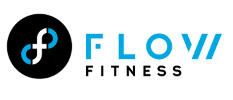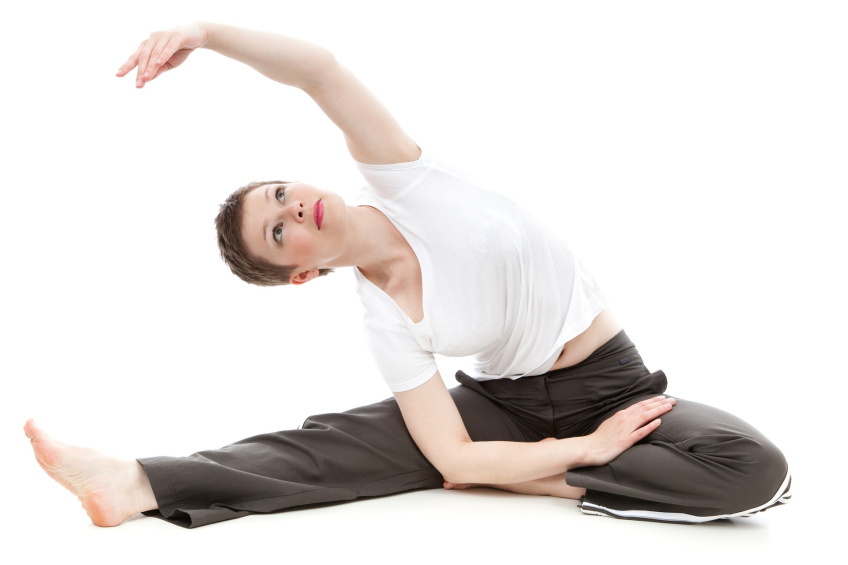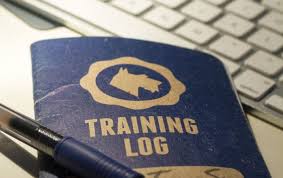Whether to use or not use a weight belt has been a hot topic ever since I can remember. As a youngster in the ’90s, I remember seeing countless people wearing weight belts while doing bench press, squatting or even bicep curls. It just seemed to be the thing to do whether you were lifting 20 or 200 lbs. From the bodybuilder to the pencil-neck “newbie” at the gym, everyone was belted.
As sports science evolved in the late 1990s and early 2000s, the trend shifted as numerous “functional” training gurus discounted the use of a belt, stating that it weakens your core (the buzzword for your mid-section), which can lead to further injuries down the road. As more and more research came out supporting these claims, the use of the weight belt was replaced with corrective-accessory exercises geared toward strengthening muscles in such a way that you can create your own internal weight belt. This method of training became so popular that many strength coaches and trainers would forbid weight belts in their training facility, fearing the total obliteration and dysfunction of their client’s precious core musculature.
Fast-forward to present day where sports such as powerlifting, Olympic lifting and CrossFit are growing at a rapid rate and everyday Joes and Janes are establishing PRs (personal records) on movements once reserved for elite athletes, such as deadlifts, front squats, push presses, clean and jerks and snatches. People are now training to be strong and powerful and are looking for any safe and legal advantage to improve their progress in the gym while keeping themselves injury free. With a new focus on safety and efficiently moving heavier weights, we have seen an increase in the use of weight belts (along with other accessories, such as knee and elbow sleeves). So if you are one of those people who continues to scratch their heads as to whether or not to use a weight belt, continue reading as we discuss the functionality, fit, and use for this accessory.
Belt function: The main purpose of wearing a weight belt is to increase intra-abdominal pressure, which in theory will improve spinal stabilization and control (and lessen the chance of hyperextension, forward flexion or lateral flexion) and allow you to lift additional weight. Understand that this function does not work unless correct breathing is done during the intended movement. Without proper Valsalva maneuver breathing (holding your breath and contracting your abdominals against the belt during exertion), you lose any ability to create the intra-abdominal pressure needed to stabilize.
Belt fit: Though there are various styles and types of belts on the market, which differ by the amount of intra-abdominal pressure you can create, belt width, belt rigidity and clasping device, the fit is extremely important for using the belt to its fullest capacity.
As far as positioning, the belt should rest above the hips surrounding the lower back and over the front of your abdominals. The fit should be tight, but not so tight that you cannot breathe or expand your abdominals against the belt.
Belt use: Though injury prevention is a common reason people cite as to why they use a belt (which research does support), It should be primarily viewed as a performance enhancer that allows you to move more weight. Further, weight belts should only be used with large, compound movements, such as push presses, squats and deadlifts, and during near maximal lifts under five to six reps. If you are sitting on a leg-extension machine and are wearing a belt, you will most likely get laughed at for: one, being on a leg extension machine and, two, being on a leg-extension machine with a weight belt. So save yourself the embarrassment and avoid both.
Belt myths: One of the biggest myths regarding the use of the weight belt is it weakens the abdominals because of the assistance provided by the belt. While there is truth in this, it only becomes a problem if you violate the belt-use rules (see above) and do not incorporate core training in your program. Understand that the you should not be using a belt as a way to compensate for a dysfunctional or weak core. There is no excuse in eliminating these crucial exercises in favor of utilizing a belt.
Another myth is that belts can allow some to get away with less-than-stellar form. Once again, view the belt as something that allows you to do a particular lift (which is already done well) better. If you do a squat with crappy form beltless, you would most likely do the same exercise crappy with a belt (and possibly increase the chance of injury because of the increased load).
Take-home message: With proper mechanics, core training, breathing technique and fit, the weightlifting belt can serve as a performance enhancer to catapult your strength to the next level during compound lifts done at near-maximal weight. It is important to note that the weight belt should never be used as a replacement “crutch “for a poorly trained or functioning core, or as an excuse to use less-than-optimal form.
For more information regarding the use of a weight built, proper fitting or about types of belts, please consult one of our certified personal trainers.










